

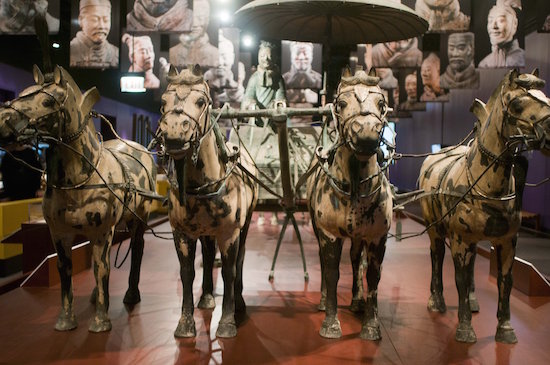
The largest terracotta warrior exhibition held in North America in recent years showcases more than 170 objects including bronze artefacts, weaponry and 10 famed terracotta figures in Chicago. Picture: XINHUA/HE XIANFENG
The most complete exhibition ever created on the Terracotta Army, exploring 209BC China, the necropolis and life of the First Emperor Qinshihuang, has come to SA. This very important exhibition that represents the wealth of Chinese culture and history is on the Gateway shopping centre in Umhlanga until May 29.
Named the terracotta warriors, the sculptures have all been reproduced by Chinese craftsmen from the excavation region, with a particular consideration for details in order to maintain the same beauty and originality of the original works.
They present an image of the time when the Qin armies conquered the other rival states and united China. The chariots, horses and soldiers were imitations of real ones. The soldiers in the vanguard wear short suits, have their hair in buns and hold bows. Most of them stand facing the east, their bright piercing eyes gazing at something in front of them.
The figures in the tomb were not cast from a single mould; they were sculpted individually and they are therefore great artistic treasures. Each one looks imposing and is well proportioned. Although their clothes and hairstyles are similar, their facial expressions are all different. Some are smiling with a look of age and experience; some appear handsome and innocent; others look highly spirited while others still seem to be gazing fixedly at something. The expressions and gestures of soldiers are vividly captured in these figures.
The crafting technique of the terracotta warriors is superb. The armour and helmets create a sense of good hard quality, the suits look smooth and soft and their pleats are sharply defined. Even the nails on the suits and the hair and beards of the soldiers are carefully detailed.
The making of the warrior figures combined hand sculpting and moulding techniques. The sculptors used coarse clay as the inner base, covered the base with fine clay, fired the resulting figure in a kiln and then applied colour Because of the different aesthetic approaches of the different artists and the varied production techniques, the figures took on great variety of expressions and gestures.
(The story was originally published on Business Day on March 31st, 2016.)
 Train rides through blossoms
Train rides through blossoms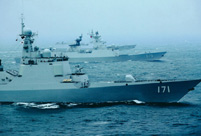 HD pictures of battleships of PLA Navy
HD pictures of battleships of PLA Navy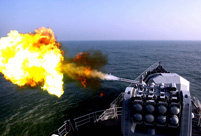 East Sea Fleet conducts combat drills
East Sea Fleet conducts combat drills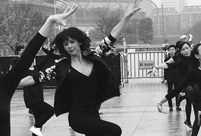 Sophie Marceau goes square dancing in Guangzhou
Sophie Marceau goes square dancing in Guangzhou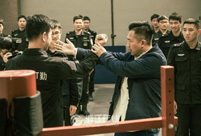 Police officers learn Wing Chun in E. China
Police officers learn Wing Chun in E. China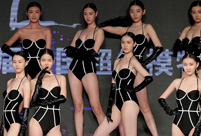 Charming models compete in super model contest in Beijing
Charming models compete in super model contest in Beijing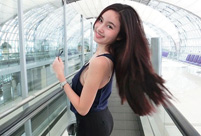 Thai most beautiful transgender Nong Poy release new photos
Thai most beautiful transgender Nong Poy release new photos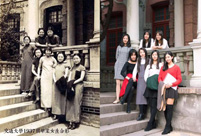 Now and then photos of Shanghai Jiaotong University
Now and then photos of Shanghai Jiaotong University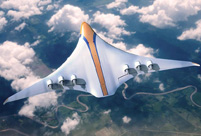 Is this what air travel will look like in 2050?
Is this what air travel will look like in 2050? Top 20 hottest women in the world in 2014
Top 20 hottest women in the world in 2014 Top 10 hardest languages to learn
Top 10 hardest languages to learn 10 Chinese female stars with most beautiful faces
10 Chinese female stars with most beautiful faces China’s Top 10 Unique Bridges, Highways and Roads
China’s Top 10 Unique Bridges, Highways and Roads Vaccine scandal injects worry, anger
Vaccine scandal injects worry, anger  Zhiqingband together to care for each other
Zhiqingband together to care for each other China’s live broadcasting gravy train
China’s live broadcasting gravy train Steady diplomacy expected from Myanmar's new government
Steady diplomacy expected from Myanmar's new government Day|Week